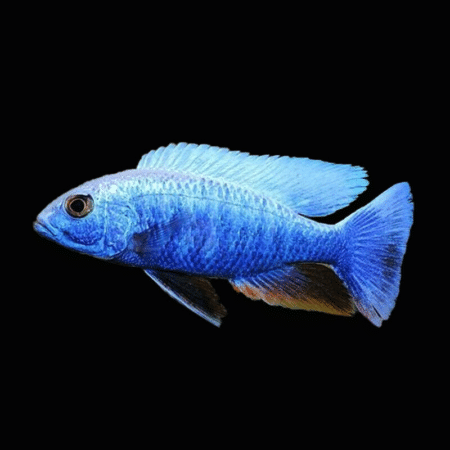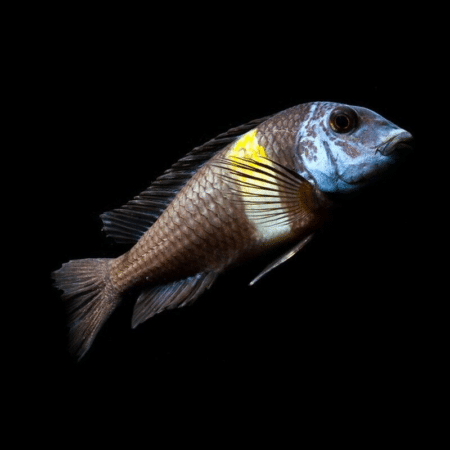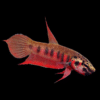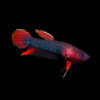-
×

-
×
 Purple Vampire Crab - Geosesarma Dennerle - Decapod Crustacean
1 × £7.74
Purple Vampire Crab - Geosesarma Dennerle - Decapod Crustacean
1 × £7.74 -
×

-
×

-
×

-
×

-
×

Subtotal: £179.03











Emily Carter (verified owner) –
I recently added the Thiara Scabra, also known as the Hedgehog Snail, to my freshwater aquarium, and I couldn’t be happier! After about two weeks, I’ve noticed a significant decrease in algae buildup. These little aquatic pets are not only efficient algae eaters but they also have such unique personalities. Watching them glide across the substrate is truly a delight! Unlike some other snails I’ve tried, the Hedgehog Snail stays active and doesn’t just hide all day.
They’re perfect for a community tank too, as they peacefully coexist with my fish without causing any stress. I did notice that they love to munch on biofilm, so if you have an older tank with natural debris, they’ll thrive! The only minor concern is that they can be a bit shy initially, but with patience, they come out more as they acclimate.
Shipping was prompt, and they arrived in great condition. I highly recommend the Thiara Scabra for anyone looking to naturally maintain tank cleanliness while adding character to their setup. If you’re a fellow fish enthusiast wanting to enhance your aquatic environment, this freshwater snail is a fantastic choice!